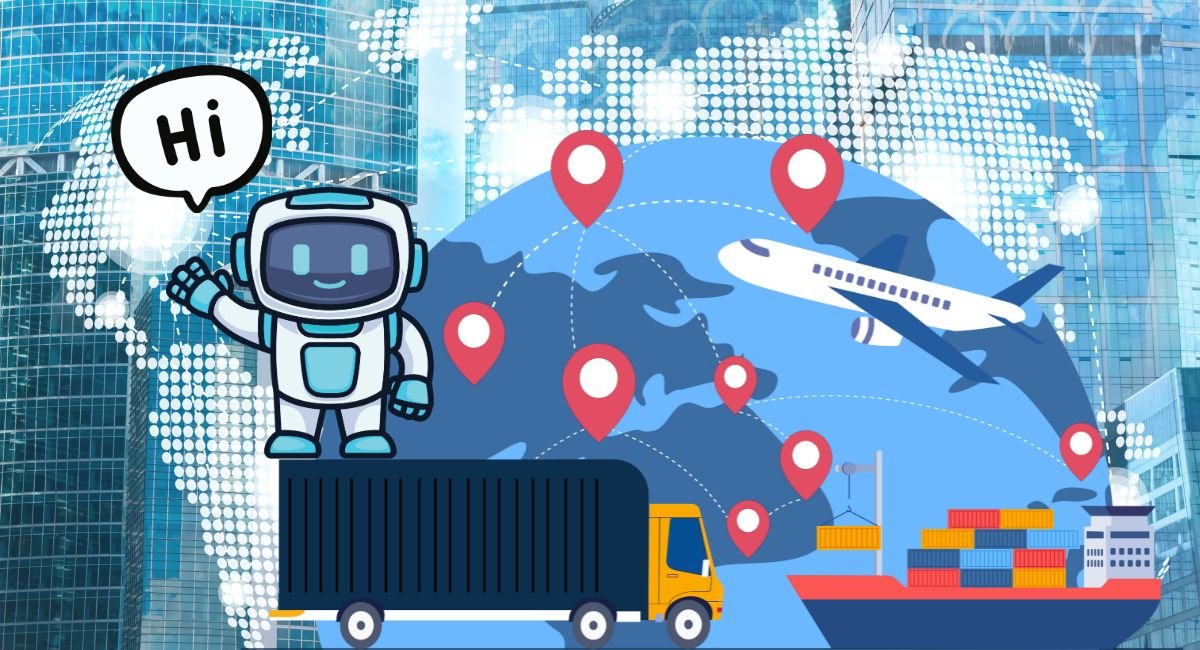How RPA in International Trade is Changing the Game
International trade has always been a bit of a juggling act—balancing regulations, logistics, and customer demands while trying to stay competitive. With the global market growing more complex every day, companies need to find ways to keep up. Enter Robotic Process Automation (RPA). By incorporating RPA in international trade, businesses are streamlining their operations, cutting costs, and speeding up their processes in ways that were unthinkable just a few years ago.
So, What Exactly is RPA in International Trade?
Imagine having a super-efficient assistant who never sleeps, never gets tired, and always gets things right. That’s what RPA in international trade does. It’s all about automating the repetitive, time-consuming tasks that take up so much of your team’s day. Think about it—stuff like entering data into multiple systems, checking compliance with regulations, or tracking shipments across the globe. With RPA, these tasks get done faster, with fewer mistakes, and with way less hassle.
Why Should You Care About RPA in International Trade?
The international trade world is fast-paced and unforgiving. A single mistake can cost your company a lot of money and damage your reputation. That’s where RPA in international trade really shines. It ensures that the routine, repetitive tasks that used to slow you down are now done quickly and accurately. This means fewer errors, more consistency, and a lot less stress.

But it’s not just about avoiding mistakes. RPA also makes your business more agile. By automating routine tasks, you free up your team to focus on bigger-picture strategies. You can react faster to changes in the market, grab new opportunities when they arise, and stay ahead of the competition.
Saving Money with RPA in International Trade
Let’s be honest—everyone’s looking to cut costs wherever they can. RPA in international trade is a great way to do that. By automating labor-intensive tasks, you’re not just speeding things up; you’re also cutting down on the need for manual labor. And that means lower costs.
Here’s how RPA helps:
- Reducing Labor Costs: Automation means you need fewer hands on deck for repetitive tasks.
- Avoiding Costly Mistakes: With fewer human errors, you’re not spending as much on fixing mistakes.
- Improving Efficiency: Faster processing times mean better cash flow and less money tied up in inventory.
Making Compliance Easier with RPA in International Trade

Let’s face it—regulations are a headache. Missing a deadline or filing incorrect paperwork can lead to fines, delays, or worse. RPA in international trade makes it easier to stay on top of compliance. It automates the process of generating and submitting the reports you need, ensuring that everything is accurate and on time.
Why is this such a big deal?
- Detailed Audit Trails: RPA keeps track of everything, making it easy to prove you’re following the rules.
- Consistent and Accurate Documentation: With RPA, you don’t have to worry about missing a step or messing up the paperwork.
Speed and Accuracy: The RPA Advantage in International Trade
In the world of international trade, speed and accuracy are everything. A delay in processing or an error in documentation can throw your entire supply chain into chaos. RPA in international trade helps you avoid these pitfalls by automating tasks like customs clearance and invoice processing.
Here’s why that matters:
- Faster Processing: Automated systems get things done quicker than manual methods, so your goods spend less time in transit.
- Fewer Errors: RPA ensures that the data is entered correctly, reducing the chances of costly mistakes.
Scaling Up with RPA in International Trade
As your business grows, so do your operational demands. The great thing about RPA in international trade is that it scales with you. Whether you’re dealing with a surge in orders or expanding into new markets, RPA can handle the increased workload.
Why this is a game-changer:
- Easy Scalability: RPA systems can be adjusted to handle more work without needing to hire more people.
- Customizable Workflows: You can tailor RPA to fit your specific business needs, ensuring that everything runs smoothly, no matter how big you get.
The Future of RPA in International Trade
Looking forward, RPA in international trade is only going to become more important. As artificial intelligence continues to develop, we’ll see RPA taking on even more complex tasks. This will make global operations even more efficient and responsive.
What can we expect?
- Predictive Analytics: Combining AI with RPA to anticipate market trends and help you stay ahead of the curve.
- Real-Time Decision Making: Enhanced processing capabilities that allow for faster, more informed decisions.
Conclusion: RPA in International Trade is a Game-Changer
In today’s fast-paced, ever-changing global market, RPA in international trade isn’t just a nice-to-have—it’s essential. By automating the tasks that slow you down, RPA helps you cut costs, stay compliant, and operate more efficiently. As the global market continues to evolve, the companies that embrace RPA will be the ones that thrive.



